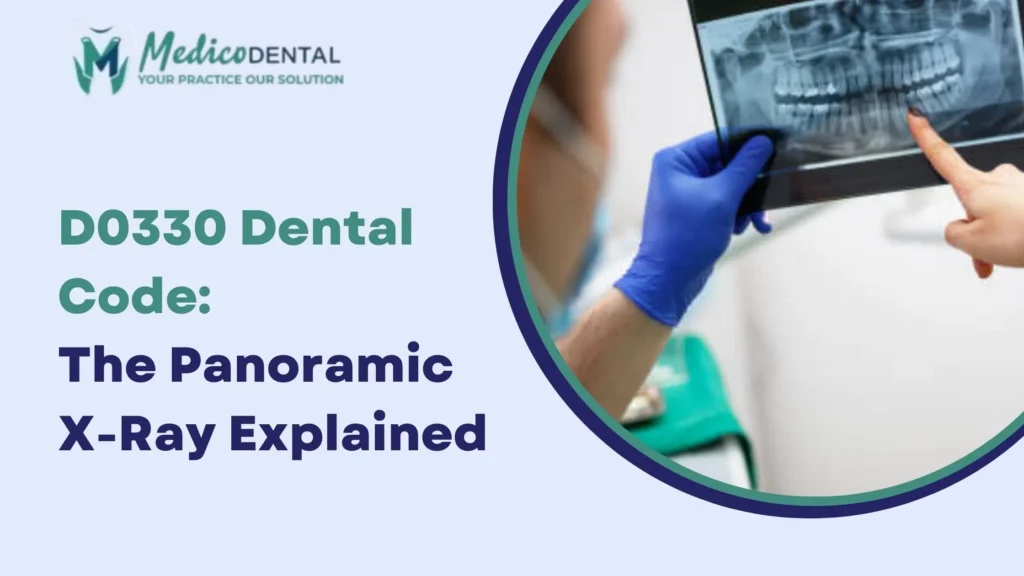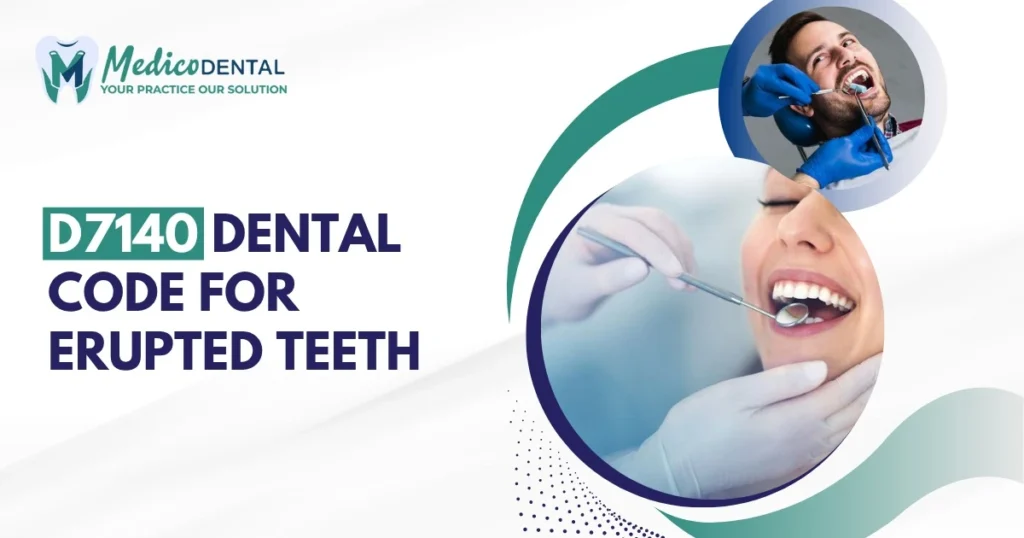Occlusal guards, also known as night guards or bite guards, are dental devices designed to protect teeth from damage caused by grinding or clenching. These appliances play a vital role in preserving dental health by preventing tooth wear, jaw pain, and other complications associated with bruxism (teeth grinding). Understanding the proper coding for occlusal guards is crucial for both dental professionals and insurance providers to ensure correct billing and reimbursement.
Overview of Occlusal Guard Dental Codes
Explanation of CDT Codes
CDT (Current Dental Terminology) codes are a set of codes used by dental professionals to describe specific procedures, making it easier to communicate and bill for dental services. These codes are standardized by the American Dental Association (ADA) and are essential for dental practices to correctly document procedures for insurance claims and reimbursements.
Common Occlusal Guard Dental Codes
The following are the most commonly used CDT codes for occlusal guards:
- D9944: Hard appliance, full arch
- D9945: Soft appliance, full arch
- D9946: Hard appliance, partial arch
- D9943: Adjustment of occlusal guard
Each code corresponds to a specific type of occlusal guard or service, helping dental professionals properly document and bill for the work they do.
Understanding the Different Occlusal Guard Codes
D9944: Hard Appliance, Full Arch
This code is used when a dentist creates a hard, full arch occlusal guard. A full arch guard covers all of the teeth in either the upper or lower jaw. It’s typically made of a durable material like acrylic and is used for patients who suffer from severe bruxism or need a more robust solution for teeth grinding.
D9945: Soft Appliance, Full Arch
D9945 refers to a soft appliance, full arch guard. Unlike hard guards, soft guards are typically made from a pliable material that is more comfortable but less durable. They are often used for less severe cases of bruxism and are more suitable for patients who want something less rigid but still effective for protecting their teeth during sleep.
D9946: Hard Appliance, Partial Arch
This code is used for hard, partial arch occlusal guards. These guards cover only a portion of the teeth, typically used when grinding or clenching affects only a specific section of the mouth. Partial guards are ideal for patients with localized bruxism or those who require a less invasive option than a full arch guard.
D9943: Adjustment of Occlusal Guard
The D9943 code is used for adjustments made to an existing occlusal guard. These adjustments may involve modifications to improve fit, comfort, or effectiveness. This code is essential for maintaining the longevity and functionality of an occlusal guard after it has been in use for some time.
When to Use Each Occlusal Guard Code
When to Use D9944: Hard Full Arch Guard
D9944 is used when a dentist provides a durable, full arch guard for a patient. It is typically recommended for patients with severe bruxism, where a softer appliance wouldn’t offer enough protection. This code is ideal for patients who need a long term solution for teeth grinding that will provide significant protection.
When to Use D9945: Soft Full Arch Guard
D9945 should be used for patients who need a full arch guard but prefer the comfort and flexibility of a softer material. This is appropriate for mild cases of teeth grinding where the patient is looking for a less rigid solution or for those who have sensitive teeth or gums.
When to Use D9946: Hard Partial Arch Guard
D9946 is used for patients who only require partial protection. This could be due to localized teeth grinding or clenching. The dentist may opt for this code if the grinding is affecting only a few teeth, such as the molars, and a full arch guard isn’t necessary.
When to Use D9943: Adjustment for Occlusal Guards
D9943 is used when modifications are made to an existing occlusal guard. This could be for a variety of reasons, such as ensuring a better fit, adjusting the appliance due to wear and tear, or improving comfort. This is often necessary for patients who have used their occlusal guard for a while and need minor tweaks.
Factors to Consider Before Using Occlusal Guard Codes
Type of Guard (Hard or Soft)
One of the primary factors in choosing the correct code is determining whether the patient needs a hard or soft appliance. Hard guards are more durable and suitable for severe cases of bruxism, while soft guards are more comfortable and appropriate for milder cases. The choice will affect the type of code that is used for billing purposes.
Full vs. Partial Arch Considerations
Another consideration is whether the patient requires a full arch or partial arch guard. Full arch guards cover all of the teeth on the upper or lower jaw, whereas partial arch guards only cover a portion. This distinction helps ensure that the correct CDT code is applied, as partial arch guards will use the D9946 code while full arch guards will use either D9944 or D9945, depending on the material.
Insurance Verification and Coverage
Before proceeding with the occlusal guard treatment, it is crucial to verify the patient’s insurance coverage. Not all insurance plans cover the cost of occlusal guards, and coverage may vary depending on the specific type of guard or adjustment. Make sure to confirm the details with the insurance company to avoid billing issues. It’s also essential to check whether a diagnostic code, such as one for bruxism, is required to support the claim.
How Insurance Plays a Role in Occlusal Guard Billing
Insurance plays a critical role in the reimbursement process for occlusal guards. Depending on the patient’s insurance policy, occlusal guards may be covered either fully or partially. Insurance companies often require specific documentation, such as proof of medical necessity (e.g., for patients diagnosed with bruxism) before covering the cost of an occlusal guard. Therefore, understanding how insurance works with these devices is crucial for dental professionals to ensure timely and accurate reimbursement.
Tips for Verifying Coverage with Insurance
To avoid billing issues, always verify the patient’s insurance coverage before creating and submitting a claim for an occlusal guard. Here are some tips to ensure a smooth process:
Contact the insurance provider
Confirm whether the patient’s plan covers occlusal guards and check if any specific codes are required.
Provide proper documentation
For bruxism or other related conditions, make sure you have a documented diagnosis. This could include a detailed note from the dentist or a referral from a specialist.
Confirm pre authorization requirements
Some insurers require pre authorization for occlusal guards before proceeding with billing. Make sure to get approval in advance if necessary.
Review the patient’s plan
Check for any restrictions, exclusions, or limitations regarding occlusal guards in the patient’s plan. This will help avoid misunderstandings later.
Common Issues with Billing Occlusal Guards
Billing for occlusal guards can present several challenges, including:
Coverage Denials
Insurance companies may deny coverage if the guard is deemed not medically necessary, or if the patient’s plan does not cover it at all.
Incorrect Code Usage
Using the wrong CDT code (e.g., using D9944 instead of D9945 for a soft guard) can lead to delays or denials.
Lack of Proper Documentation
Failing to provide sufficient evidence, such as a diagnosis of bruxism, can result in claim rejections.
Out of Network Providers
If the dentist is out of network for the patient’s insurance, reimbursement may be lower or denied entirely.
Additional Codes You May Need for Occlusal Guard Procedures
In addition to the primary occlusal guard codes, there may be other related codes required to complete the billing process.
Diagnostic Codes for Conditions Like Bruxism
Bruxism (teeth grinding) is one of the most common conditions treated with occlusal guards. To bill for the guard, a dental practice often needs to include a diagnostic code that justifies the need for the appliance. Some of the commonly used diagnostic codes include:
- K07.6: Bruxism, unspecified
- F45.8: Somatoform disorders, other
- M27.5: Teeth grinding and jaw clenching
These codes help establish the medical necessity for the guard and can improve the chances of insurance approval.
Other Related Procedures
Other dental procedures may also be needed in conjunction with occlusal guards, including:
- D9943: Adjustment of occlusal guard
- D9942: Occlusal guard repair
These additional codes are important when billing for services that modify or maintain the occlusal guard after its initial creation.
Common Mistakes in Occlusal Guard Billing and How to Avoid Them
Billing for occlusal guards can be tricky, and errors can lead to denied claims and delayed payments. Here are some common mistakes and tips on how to avoid them:
Incorrect Code Usage
One of the most common mistakes in billing for occlusal guards is using the wrong CDT code. For instance, using a full arch code (D9944) for a partial arch guard (D9946) can lead to rejection of the claim. Always ensure you’re using the correct code based on the type of guard, whether it’s hard or soft, and whether it’s a full or partial arch.
How to Avoid It
Double check the type of guard being used and the corresponding code before submitting the claim. If in doubt, consult the ADA’s CDT manual or the insurance company for clarification.
Failing to Verify Insurance Details
Many insurance companies require pre authorization before they will approve the cost of an occlusal guard. Additionally, some plans may not cover the full cost of the appliance, or they may have specific requirements for reimbursement. Failing to confirm the insurance policy’s coverage details beforehand can lead to unnecessary expenses or claim denials.
How to Avoid It
Always verify the patient’s insurance coverage, confirm pre authorization requirements, and ensure that the diagnosis codes are properly documented.
Conclusion
In conclusion, understanding the correct CDT codes for occlusal guards is crucial for dental professionals to ensure accurate billing and proper reimbursement. Occlusal guards, whether hard or soft, full or partial arch, serve an essential role in treating bruxism and other related conditions. By using the appropriate codes D9944, D9945, D9946, and D9943 dental practices can streamline the process of documenting and billing for these treatments.
To avoid common billing issues, it’s essential to verify insurance coverage, confirm pre authorization requirements, and use proper diagnostic codes that justify the need for the appliance. Failing to ensure correct coding or verifying insurance details can result in claim denials or delayed payments.
By staying up to date with CDT codes and insurance policies, dental professionals can ensure that their patients receive the care they need while also maintaining the financial health of their practice. Accurate coding, thorough documentation, and proactive communication with insurance providers are key to a smooth and efficient reimbursement process for occlusal guards.
FAQs
What is the difference between D9944 and D9945?
Ans. D9944 refers to a hard appliance, full arch guard, while D9945 refers to a soft appliance, full arch guard. The choice between the two depends on the severity of the patient’s bruxism and their comfort needs.
Can I bill for an occlusal guard if the patient doesn’t have bruxism?
Ans. Insurance may only approve the guard if bruxism or another condition (like TMJ disorders) is diagnosed. It’s important to provide a clear diagnosis to justify the necessity of the appliance.
What should I do if the insurance denies the claim?
Ans. If your claim is denied, you should appeal the decision by providing additional documentation or contacting the insurance provider for clarification. Often, a letter of medical necessity or supporting diagnostic codes can help.



